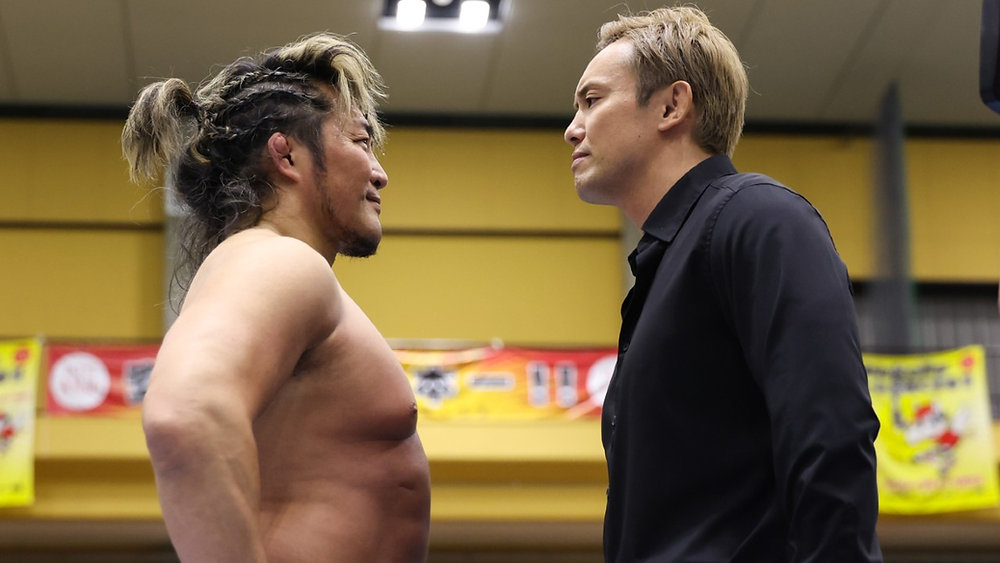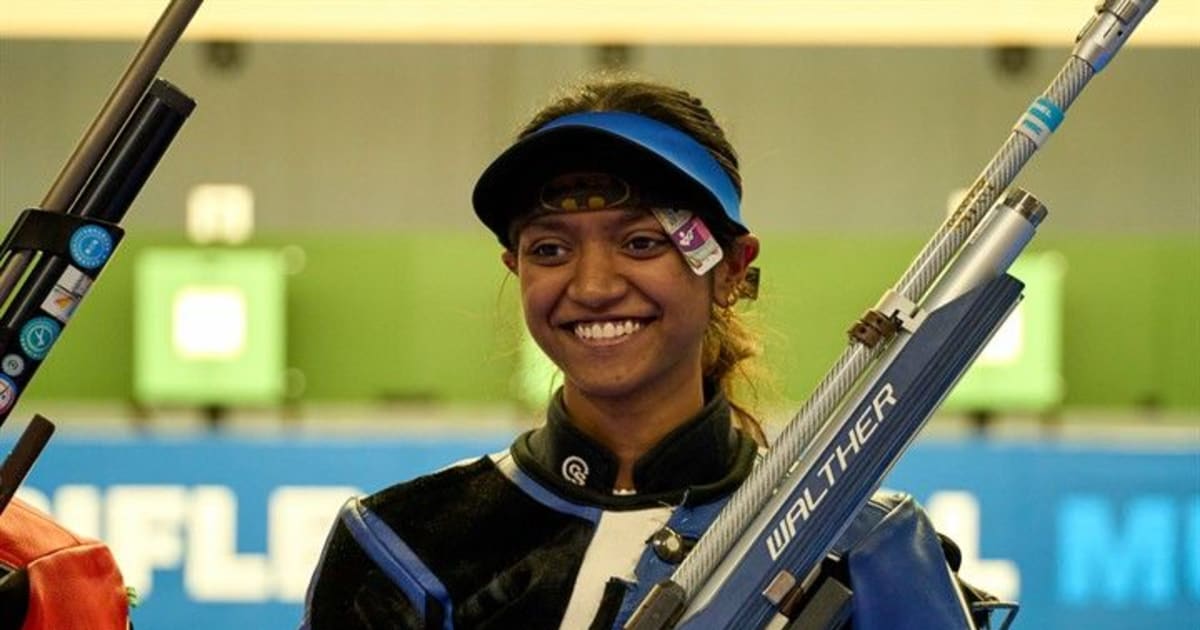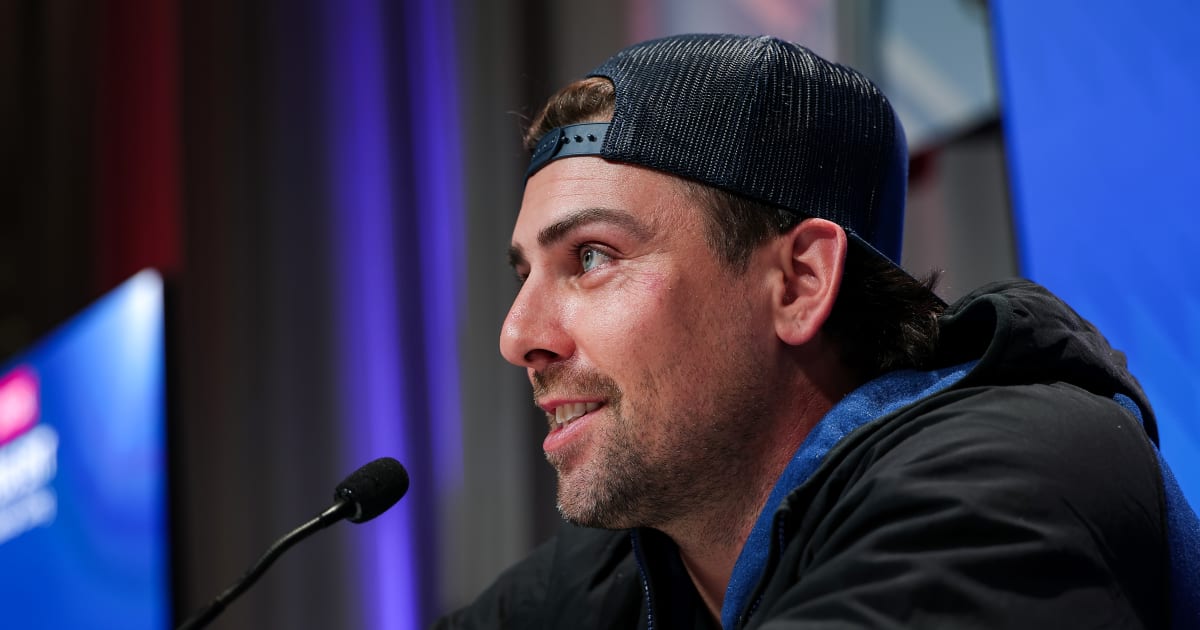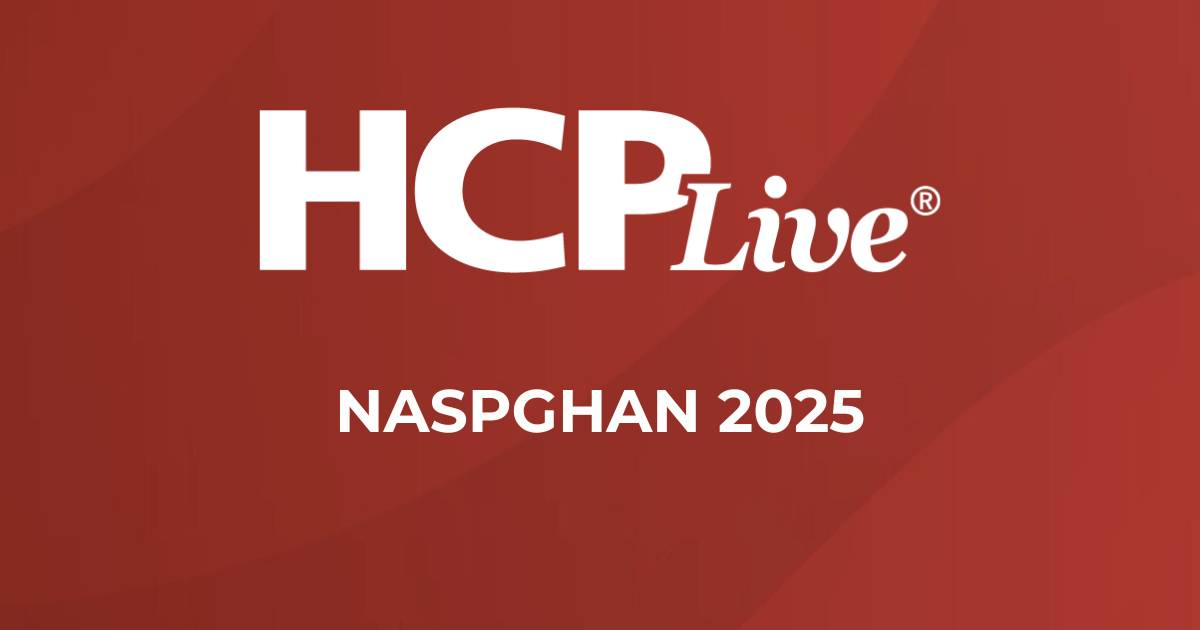Every week, Space.com delivers the latest discoveries, launches, and cosmic curiosities from across the universe. From groundbreaking research aboard the International Space Station to dazzling new images from the James Webb Space Telescope, the…
Author: admin
-
Match report: Bundesliga, Union Berlin v FC Bayern – FC Bayern
- Match report: Bundesliga, Union Berlin v FC Bayern FC Bayern
- Kane rescues Bayern but record-winning run is over BBC
- Kane: Bayern’s comeback at Union Berlin shows fighting spirit beIN SPORTS
- 3 things we learnt from the Bundesliga Konferenz -…
Continue Reading
-

AEW Unified Champion Kazuchika Okada Returns to NJPW, Challenges Hiroshi Tanahashi in Final Match
AEW Unified Champion Kazuchika Okada shocked the professional wrestling world early Saturday morning when he returned to New Japan Pro Wrestling and confronted Hiroshi Tanahashi.
Okada appeared after Tanahashi was victorious in the main event of…
Continue Reading
-

Refugees cook family recipes at Bristol pop-up
 BBC
BBCThree businesses were chosen to sell food at St Nicholas Market Refugees say they have enjoyed sharing their family recipes and culture with locals in their new home-city.
Three business were chosen to run pop-up food stalls at St Nicholas…
Continue Reading
-

Elavenil Valarivan, Ravinder Singh kickstart India’s medal charge
Indian shooters kicked off their ISSF World Championship Rifle/Pistol 2025 campaign in Cairo, Egypt, in style by bagging four medals – one gold, one silver and two bronze – on the opening day of the competition on Saturday.
Army shooter Ravinder…
Continue Reading
-
Gene Therapy Shows Promise for Cutting LDL in Half in Tough-to-Treat Dyslipidemia – MedPage Today
- Gene Therapy Shows Promise for Cutting LDL in Half in Tough-to-Treat Dyslipidemia MedPage Today
- How a ‘one and done’ gene-editing treatment could lower cholesterol The Washington Post
- CRISPR Therapeutics (Nasdaq: CRSP) announces 73% ANGPTL3…
Continue Reading
-

Chris Plys ready and raring for U.S. Olympic Curling Team Trials: “It’s a different animal”
Before the Olympic Winter Games Milano Cortina 2026, before the Olympic Qualification Event 2025 in Kelowna, Canada, before any thoughts of representing the United States come into view, first, there are the U.S. Olympic Curling Team Trials.
A…
Continue Reading
-
Google Maps gets a smarter, more ‘human’ co-pilot – TheStreet
- Google Maps gets a smarter, more ‘human’ co-pilot TheStreet
- Google Maps navigation gets a powerful boost with Gemini The Keyword
- Google Maps taps Gemini AI to transform into an ‘all-knowing copilot’ The Verge
- Google Maps adds road safety…
Continue Reading
-
Philippines warns of deadly storm surges as Typhoon Fung-wong nears super typhoon strength – Dawn
- Philippines warns of deadly storm surges as Typhoon Fung-wong nears super typhoon strength Dawn
- Typhoon Fung-wong bears down on the Philippines after deadly Kalmaegi BBC
- Philippines halts search for typhoon dead as huge new storm approaches Dawn
Continue Reading
-

HCPLive Coverage Recap: NASPGHAN 2025 Annual Meeting
At the
2025 North American Society for Pediatric Gastroenterology, Hepatology and Nutrition (NASPGHAN) Annual Meeting, held November 5–8 at the Sheraton Grand Chicago in Chicago, Illinois, clinicians, researchers, and allied health…Continue Reading
